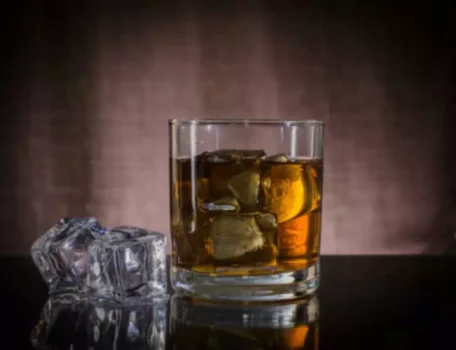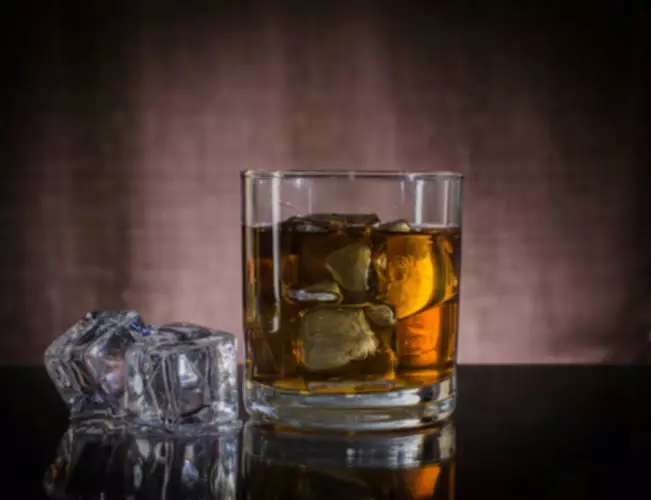
That’s largely because the parts of your brain responsible for decision-making aren’t fully matured until around age 25. Despite this, intentional binge drinking has been a common practice among young adults. Blackouts involve complete memory loss caused by your brain’s inability to record new memories for a period of time due to the effects of excessive alcohol, substance misuse or some other condition.
Blackouts Among Social Drinkers

When a person consumes a very large volume of alcohol, an en bloc blackout may occur. If this happens, they will not remember anything that they did while they were drinking. Certain diabetes medications, such as sulfonylureas and thiazolidinediones, can increase your risk of hypoglycemia (low blood sugar). It is rapidly absorbed out of the digestive tract and into the bloodstream. In small doses, it acts as a sedative and euphoric; people tend to have lessened inhibitions in the initial phases of intoxication, resulting in giddiness, and heightened energy. Given the data indicating decreased BDNF in alcoholism, there has been considerable interest in the possibility that chronic alcohol ingestion may impart its negative effects on T2DM, through its effects on BDNF.
Effects of Alcohol on Memory

If they lose consciousness, any bystander should call 911 and ask for emergency medical help. According to the Centers for Disease Control and Prevention (CDC), around 12.6 percent of the population diabetes and alcohol blackouts in the United States have diabetes, with or without a diagnosis. For more information about our products in your region please see our list of international locations. Some sources (including Diabetes UK ) advise strict carbohydrate management, perhaps even chips or pizza, if a large amount of alcohol has been consumed.
What to do in diabetic emergencies
- However, very high blood sugar levels can lead to life-threatening complications, such as diabetic ketoacidosis or hyperglycemic hyperosmolar syndrome.
- A diabetic emergency happens when symptoms relating to diabetes overwhelm the body.
- We report notable drinking characteristics given by MBO participants who returned for follow-up testing in Table 3.
Moderate drinkers, for example, have been shown to experience lower rates of cardiovascular disease. “Alcohol can cause rapid changes in blood sugar in people with diabetes,” said Dr. Jordan Pinsker, Vice Present and Medical Director at Tandem Diabetes Care. “While some drinks can raise blood sugar, the major concern is a rapid decline in blood sugar with alcohol use, causing a severe hypoglycemic reaction, even a seizure.” There are many resources available to help people cope with alcohol and substance abuse.
- Few cognitive functions or behaviors escape the impact of alcohol, a fact that has long been recognized in the literature.
- As you drink more alcohol and your blood alcohol level rises, the rate and length of memory loss will increase.
- In the 1950s, following observations of an amnesic patient known as H.M., it became clear that different brain regions are involved in the formation, storage, and retrieval of different types of memory.
- While women tend to reach a higher peak BAC faster than men—mostly because they usually weigh less than their male counterparts—binge drinkers are also at risk for blackouts.
Interesting conceptual notions connecting the impact of chronic heavy use of alcohol and T2DM on hippocamal LTP processes also have been elaborated https://ecosoberhouse.com/ from alteration of endogenous BDNF. BDNF, acting through its TrkB receptor, plays a role in the synaptic plasticity and positively moderates processes, which leads to a stable LTP in hippocampus 56, as well as glucose metabolism in diabetes 41. Recently, there has been a report that showed chronic heavy drinking decreases the serum BDNF levels in OLETF rats that provide a model for the pathophsiology of human T2DM 16, and decreased BDNF was also observed in rats displaying insulin resistance and LTP 57. These studies suggest that better glycemic control improves cognition and that there is a cognitive benefit to improving BDNF level in T2DM. The fact that alcohol induced brain damages and cognitive dysfunction might precede other complications of alcohol, strongly suggests the need for research on their relationship.
- For instance, diazepam (Valium®) and flunitrazepam (Rohypnol) are benzodiazepine sedatives that can produce severe memory impairments at high doses (White et al. 1997; Saum and Inciardia 1997).
- As is clear from patient R.B., removing CA1 pyramidal cells from the circuitry prevents the hippocampal memory system from doing its job.
- This might indicate that BDNF may be linked to the pathophysiology of T2DM after alcohol use.
- Treatment and support can help you regain control and stay on track as you recover from alcohol abuse.
- If you or a loved one struggle with alcohol misuse, you may be adversely impacting your diabetes and other health conditions.
- Standard drink sizes were specified as a half a pint (0.28 L) of beer, 125 mL of wine, and one drink or shot containing approximately 25 mL of spirits.
The average peak BAC in this group, which was roughly 0.28 percent, occurred approximately 2.5 hours after the onset of drinking. Perhaps the greatest impediment to rigorous tests of alcohol-inducedblackouts and behavior is that researchers are not ethically permitted toprovide alcohol in sufficient doses to cause a blackout to occur. BrACs of 20g/dl and above are typically required to induce a blackout, thereby limiting theability to safely dose research participants to the point of blackout. Finally,given the growing literature on alcohol-induced memory impairments andblackouts, a standardized assessment for alcohol-induced blackouts is sorelyneeded. Most of the existing research on alcohol-induced blackouts either uses asingle item from the Rutgers Alcohol Problem Index or the investigator’sown description/definition of an alcohol-induced blackout.

